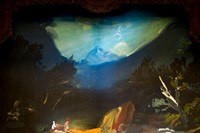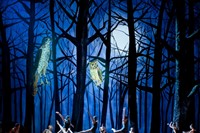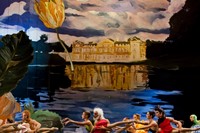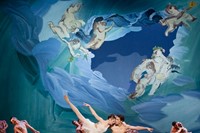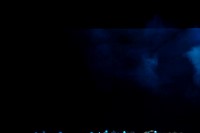At first glance, the aesthetic of Karen Kilimnik’s art has always been akin to the juvenalia found scrawled on the bedroom wall of a tween; portraits of filmstars jostle with ponies and jottings, all united under fairy lights and doused in glitter...
At first glance, the aesthetic of Karen Kilimnik’s art has always been akin to the juvenalia found scrawled on the bedroom wall of a tween; portraits of filmstars jostle with ponies and jottings, all united under fairy lights and doused in glitter. Yet there is a steel to be found sheathed within, and all her pieces are redolent with strangeness. What is clear is that she is something of the eternal little girl, even complete with the lifelong yearning to be a ballerina when she grows up. This passion has long informed her art and her life; she has taken lessons in the craft for decades, and back in 2007, in conjunction with the Serpentine Gallery, she choreographed, designed and directed a one-off ballet performance entitled Sleeping Beauty and Friends, showcasing extracts from the world’s most famous ballets. Now she has returned to the art form, being called on by the Opera de Paris to design the backdrops for their production of Psyché, which opened in the French capital last week.
The ballet is based on the legend of the romance between Cupid, God of Love and son of Venus, and the beautiful mortal Psyché, who undergoes great torment and a descent into hell before she is united with her true love. Choreographed by artist-in-residence at the American Ballet Theatre, Alexei Ratmansky, and set to César Franck’s symphonic poem, it is a magical, otherworldly ballet, fittingly aligned with the slightly discomfiting surrealism of Kilimnik’s backdrops, which raise curious eyebrows while at the same time appealing to the child in all in their depictions of fantastical landscapes, oversized birds and pirouetting cherubim. Kilimnik, speaking on the eve of the premiere performance, described her principal source of inspiration as "nature itself", a force which comes through in the ebullience of a river scene, complete with gamboling fawn, contrasted to the sinister forest scene that follows, where owls and eagles glower down on the lonely form of Psyché and foxes lurk stage left. The quirks of Kilimnik’s artwork remain intact – with the unadulterated joy in the beauty of nature expressed overtly, with an entire garden backdrop, the artist’s favourite, daubed with glitter, and dancers dressed as flowers. However there remains a sense of unease with plants drawn overlarge, and the lake banks looming in murky silhouette.
Essentially the art of dissembling is an integral component both to Greek myths and to the work of Kilimnik. In uniting the two, with the compounding talent of the great Ratmansky and Franck's soaring score, the Opera de Paris have created an unforgettable evening striking for its beauty and for its enjoyable oddities.
Psyché runs at Opera de Paris until October 6 2011.
Text by Tish Wrigley

